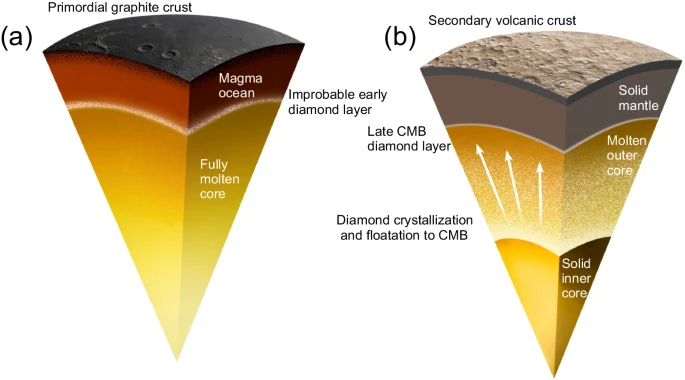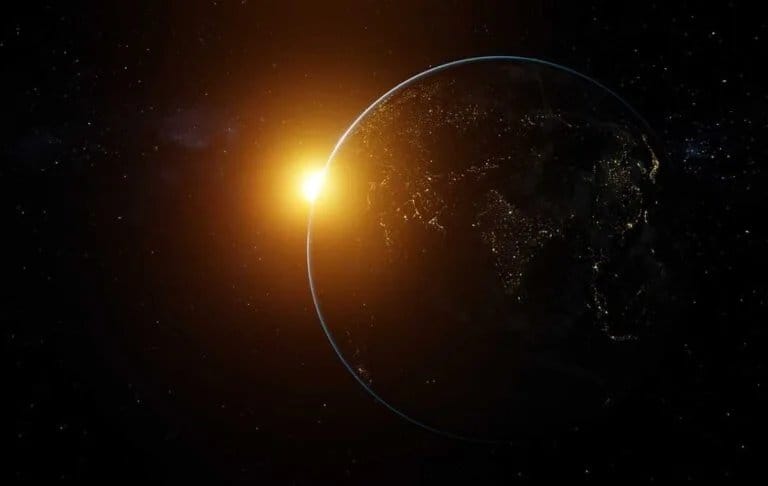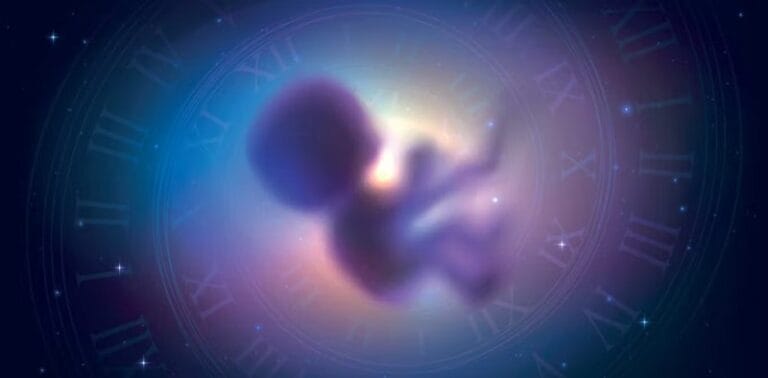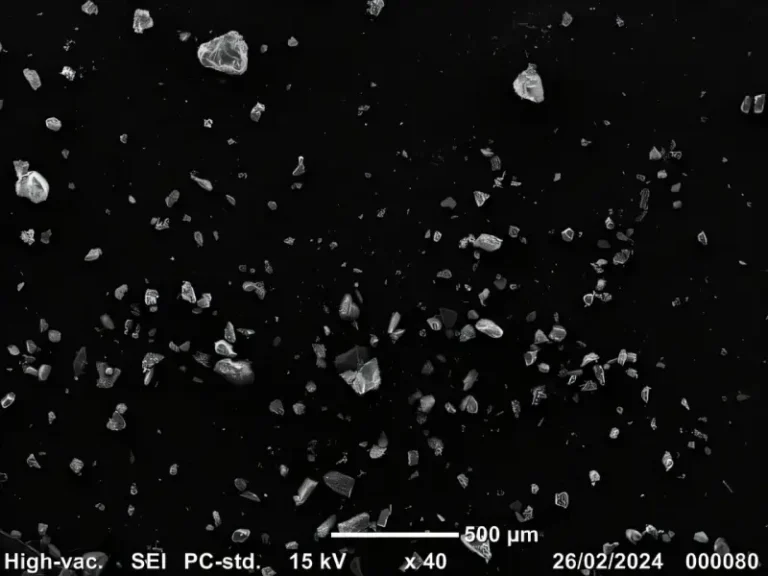11-mile thick diamond layer on Mercury

The planet Mercury, known for its dull gray surface due to its excess of carbon, may hide a brilliant surprise in its depths. Recent research suggests the existence of a layer of diamonds up to 17 kilometers thick in the rocky interior of the planet.
According to a study published in the journal Nature Communications, this layer of diamonds could help explain some of Mercury’s intriguing features. Yanhao Lin, co-author of the study, commented that the planet’s high carbon content has always suggested the possibility of something special inside.
Data collected by NASA’s MESSENGER probe, which orbited Mercury between 2011 and 2015, revealed that the planet’s surface is covered in graphite. Scientists believe that this graphite originated from an ocean of magma deep in the planet’s mantle, which subsequently solidified. However, the true depth of this carbon source is still a mystery. Depending on the pressure and temperature conditions, other carbon materials, such as diamonds, could also have formed.
In 2019, the possible discovery of sulphur in Mercury’s iron core added more complexity to the scenario, suggesting that sulphur could have diluted the magma, influencing its crystallization.

To investigate these possibilities, the researchers simulated Mercury’s internal conditions using an anvil press, applying pressures of up to 7 gigapascals, much higher than those found in the depths of the Earth. They found that, at the boundary between the core and the mantle, the pressure is around 5.575 gigapascals. With the presence of sulphur, the material in the mantle melts at lower temperatures, around 2,200 Kelvin, creating ideal conditions for the formation of diamonds.
These diamonds, formed in the ocean of magma, would have sunk and accumulated at the boundary between the core and the mantle, forming a layer of jewels approximately 480 kilometers below the surface. This discovery could also help explain Mercury’s magnetic field, since diamond, being a good conductor of heat, could cause significant temperature variations by stirring up the liquid in the planet’s core.
In addition, the research suggests that other terrestrial planets with similar composition and sizes could also have diamond layers formed under extreme conditions of heat and pressure.
- See also: Underground tunnel on the Moon
These revelations were made possible thanks to data provided by MESSENGER, which crashed into Mercury at the end of its mission in 2016. Normally, carbon on Mercury takes the form of graphite, but recent computer modeling and material experiments suggest the formation of a thick layer of diamonds.
The authors of the study, entitled “A diamond-bearing core-mantle boundary on Mercury”, re-evaluated the presence of carbon inside Mercury using high-pressure and high-temperature experiments, updated thermodynamic and geophysical models. They concluded that the diamonds crystallized as the molten core cooled, forming a layer that thickened over time.






